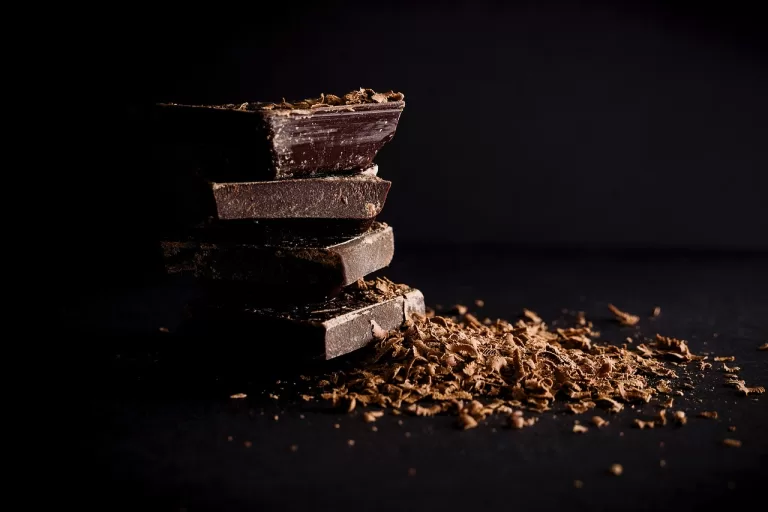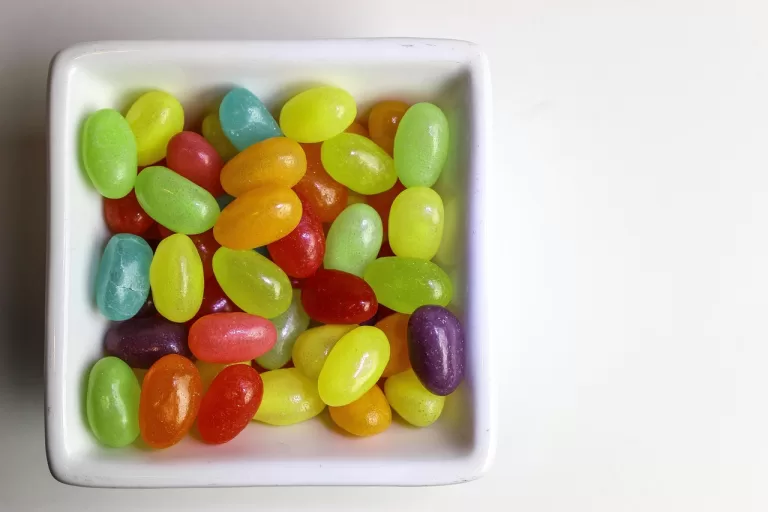Red Dye No. 3 Banned in the U.S.: What You Need to Know About This Shocking FDA Decision
On January 15th, 2025, the Food and Drug Administration (FDA) banned red dye no. 3, also known as erythrosine, from being used in food and ingestible drugs in the United States1—mirroring actions taken by other countries. Red dye #3 was already banned from cosmetic products in the 1990s in the United States because it is a known carcinogen.
This latest ban is enforced under the Delaney Clause, which prohibits any food or color additive known to cause cancer in animals or humans. So what does this mean moving forward? In this article, we explain the ban on red dye no. 3 and examine the significance of other synthetic dyes that remain approved for use in the United States and across the world.
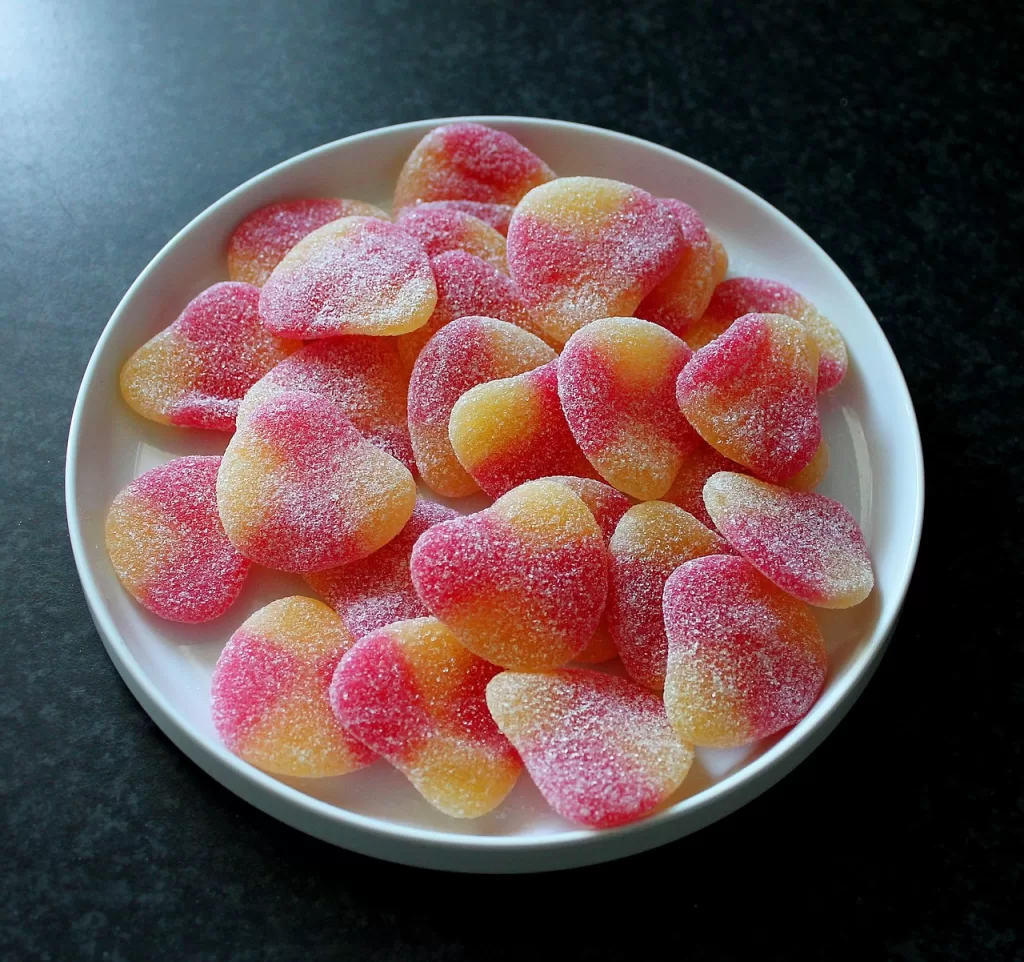
Red Dye No. 3 Banned in The United States
Consumers are becoming increasingly cautious about what they eat. In recent years, synthetic food dyes have faced significant criticism for their potential to cause physical and mental harm, especially in children. Interestingly, red dye #3 and about 200 other color additives were allowed into the food system without being proven completely safe for consumption. They were introduced under the Color Additive Amendment of 19602, which granted them provisional approval until further safety evaluations could be completed. This temporary status allowed these dyes to be used in food products while their safety was still being determined.
In 1969, red dye #3 was officially declared safe for consumption. However, by 1990, it was banned from use in cosmetics after lab animal research revealed safety concerns. At that time, the FDA stated it would work to remove red dye #3 from food and medications. Thirty years later, a color additive petition filed by CSPI3 prompted the agency to take action4. Now, three years after that petition, the FDA plans to remove red dye #3 from American food and ingestible drug manufacturing in two to three years.
Manufacturers have until January 15, 2027 (or January 18, 2028, for certain products)5 to update their formulas to exclude red dye #3. The general consensus is that they will simply replace red dye #3 with red dye #40.
If you live in California, the ban on red dye #3 won’t affect you. The state has already prohibited its use in food products that are manufactured, sold, or distributed there.
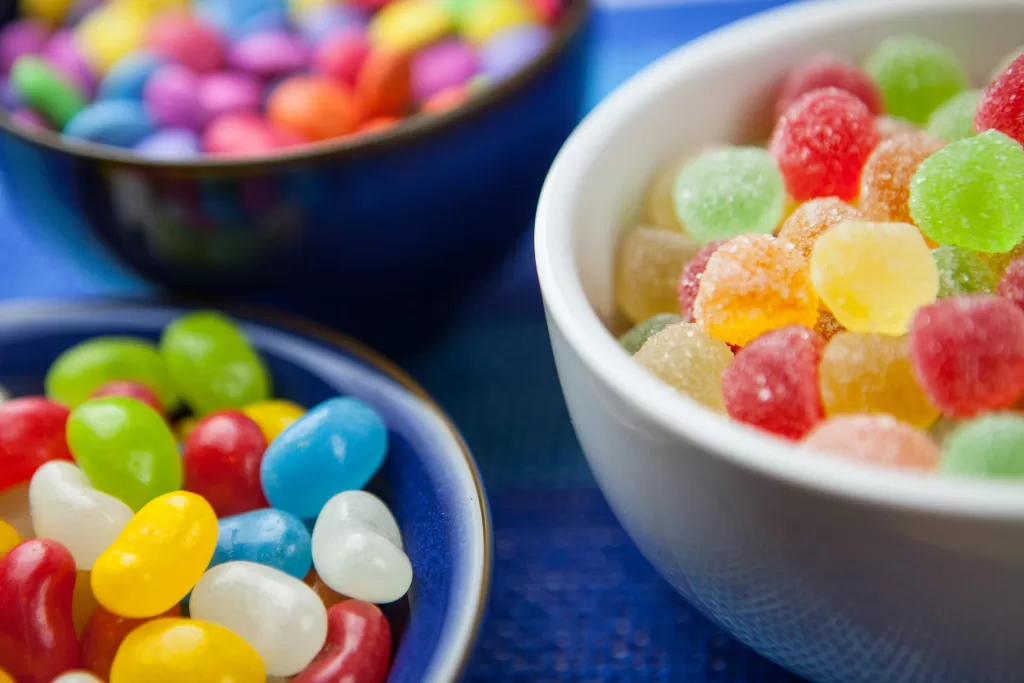
What is Red Dye No. 3?
Although red dye #3 is less common than other synthetic dyes, it still appears in many popular food products. It can be found in candies such as marshmallow candies and jelly beans. It is also in vegan meats, some types of salmon, toaster pastries, cereals, certain medications, premade frostings, and various other items.
Red dye #3 is a synthetic dye that is made from petroleum. It is produced by combining phenol and phthalic anhydride to create fluorescein, which is then treated with iodine to form the final red dye #3 compound.
- Phenol – a chemical compound used to create disinfectants, phenolic resins, nylon, other synthetic fibers, and some medications
- Phthalic Anhydride – a chemical compound used to create synthetic enamels and varnishes. Also used to make PVC products like wire, cable, roofing membranes, and swimming pool liners
- Fluorescein – a synthetic fluorescent dye used in medical and research applications. Also used forensically in crime scenes to detect traces of blood.
Red Dye #40 and Other Synthetic Food Dyes
The United States banning red dye #3 is a positive step toward removing harmful additives from food products. However, it is just a small step in a much longer journey. Unfortunately, red dye #40 remains legal worldwide. California is currently the only state taking action by banning it from school cafeterias starting in 2027.
A two-year comprehensive study of seven FDA-approved synthetic food dyes found they are linked to adverse neurobehavioral outcomes in some children6. Animal research shows that these dyes can impact activity, memory, and learning by altering brain neurotransmitters and causing microscopic changes in brain structure7. Over the past 20 years, mental and behavioral health issues in children have steadily increased. This trend coincides with the growing consumption of synthetic food dyes.
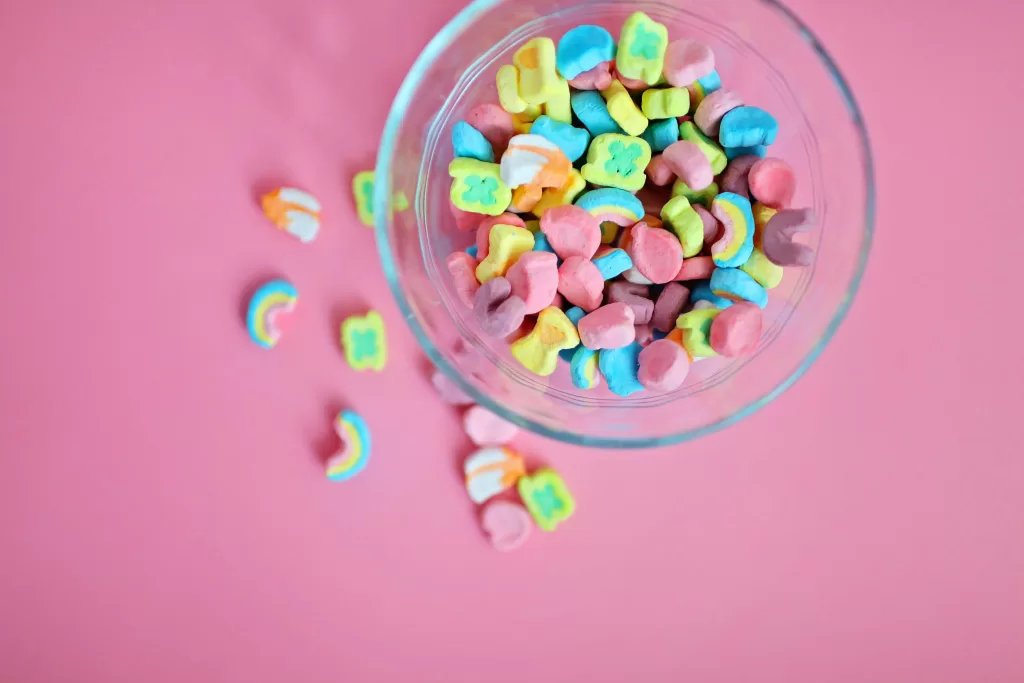
Quantity of Dyes in Favorite Foods is Finally Revealed
One major reason food dyes have persisted in our food system is the unclear science surrounding their health effects. Most studies have been conducted on animals, and human research hasn’t demonstrated enough risk to justify removing these dyes. This conflicting evidence has led to a stalemate on the issue. However, Purdue University scientists recently discovered that many packaged foods contain significantly higher levels of artificial dyes than what typical clinical trials have tested8. Until now, the true amounts of artificial dyes in food products were largely unknown.
Clinical trials indicate that even modest doses (up to 35 mg) of synthetic coloring can affect some children, while doses of 100 mg or more impact a much larger percentage. Meanwhile, Purdue University scientists discovered alarmingly high levels of dye in popular children’s foods. For example, one serving of Trix cereal contains 36.4 mg of food dyes, Cap’n Crunch’s Oops! All Berries has 41 mg per serving, and Kool-Aid Burst Cherry contains 52.3 mg per serving.
It was once thought that some people and animals are inherently sensitive to these dyes. However, the issue is likely more related to the amount consumed which is much higher than originally thought.
Corporations with a Cause
While it may seem like there are no corporations looking out for the health of the general public, this is not true. Some grocery stores, including Aldi, Trader Joe’s, and Whole Foods have claimed that toxic food dyes are not allowed in their foods9. Instead of synthetic dyes, these businesses use natural coloring derived from plant sources and minerals.
When shopping at these stores, you’re much less likely to find synthetic dyes in your foods. However, it’s always wise to check the ingredient list to ensure that the formulation hasn’t been altered to include food dyes.

Red Dye No. 3 Ban in the U.S.
Following the 1958 Delaney Clause to remove a potentially harmful food additive is a positive step for the FDA. However, this decision has sparked controversy, as the American public is now demanding further action. Other synthetic food dyes, including red dye no. 40, have been shown to have negative effects on all humans, particularly children. The hope is that all harmful dyes will eventually be eliminated from the list of approved food additives in the United States.
Unfortunately, this process takes time. The petition to remove red dye #3 was filed in 2022, but the official ban was not enacted until 2025. Even then, manufacturers have until 2027—or as late as 2028 for some products—to eliminate the dye. This timeline suggests that removing other harmful dyes could take several years if not decades.
In the meantime, it’s best to err on the side of caution. Prioritize whole foods such as meat, vegetables, fruits, and dairy, which are far less likely to contain harmful synthetic dyes. Food dyes are often added to processed foods to enhance their appearance and appeal. However, most whole foods, except for some artificially colored salmon, remain free from these additives.
If you choose to eat processed foods, remember to check the ingredients label for chemical additives. Although these dyes are not yet banned worldwide, you have the power to eliminate them from your household by making mindful choices.
Supporting Research
- FDA. (2025, January 25). Revoking authorization for the use of Red No. 3 in food/ingested drugs. U.S. Food and Drug Administration. https://www.fda.gov/food/hfp-constituent-updates/fda-revoke-authorization-use-red-no-3-food-and-ingested-drugs#:~:text=January%2015%2C%202025,a%20rat%20specific%20hormonal%20mechanism.
↩︎ - Davis, J. (2025, January 15). How red dye 3 finally got banned in foods, according to a dietitian. How Red Dye 3 Finally Got Banned in Foods, According to a Dietitian. https://www.houstonmethodist.org/blog/articles/2024/may/is-red-dye-no-3-in-food-bad-for-you-a-dieticians-take/ ↩︎
- Kahn-Pauli, P., Dow, C., Bailey, M. M., & Galligan, T. (2025, January 15). Red 3: FDA finally bans cancer-causing food dye. Center for Science in the Public Interest. https://www.cspinet.org/cspi-news/red-3-fda-finally-bans-cancer-causing-food-dye ↩︎
- Color Additive Petition from Center for Science in the Public Interest, et al.; Request to Revoke Color Additive Listing for Use of FD&C Red No. 3 in Food and Ingested Drugs. (2025, January 10). https://public-inspection.federalregister.gov/2025-00830.pdf ↩︎
- FDA. (2025, January 15). Revoking authorization for the use of Red No. 3 in food/ingested drugs. U.S. Food and Drug Administration. https://www.fda.gov/food/hfp-constituent-updates/fda-revoke-authorization-use-red-no-3-food-and-ingested-drugs#:~:text=January%2015%2C%202025,a%20rat%20specific%20hormonal%20mechanism.
↩︎ - Delson, S. (2021, April 16). Report Links Synthetic Food Dyes to Hyperactivity and other Neurobehavioral Effects in Children. State of California OEHHA. https://oehha.ca.gov/risk-assessment/press-release/report-links-synthetic-food-dyes-hyperactivity-and-other-neurobehavioral-effects-children ↩︎
- Food dyes: A rainbow of risks. Center for Science in the Public Interest. (n.d.). https://www.cspinet.org/sites/default/files/attachment/food-dyes-rainbow-of-risks.pdf ↩︎
- Stevens LJ, Burgess JR, Stochelski MA, Kuczek T. Amounts of Artificial Food Colors in Commonly Consumed Beverages and Potential Behavioral Implications for Consumption in Children. Clinical Pediatrics. 2014;53(2):133-140. doi:10.1177/0009922813502849 ↩︎
- Nutrition & Delicious: Meal Prep Ideas The Whole Family Will Love. Humanhealthco.com. (2024, September 26). https://humanhealthco.com/nutrition-delicious-meal-prep-ideas-the-whole-family-will-love/ ↩︎



